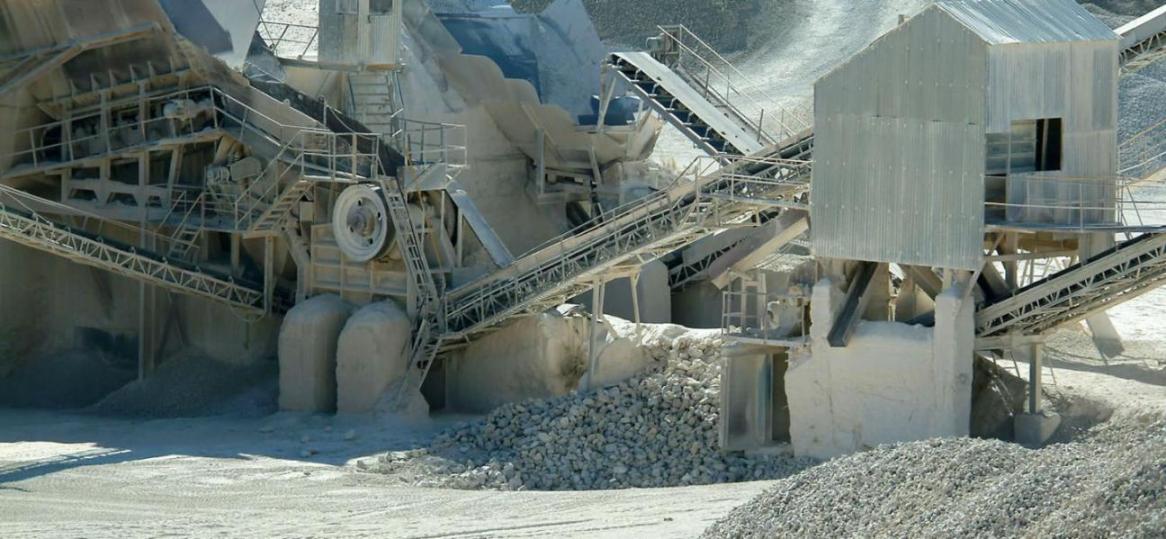One may wonder why Iranian cement is even sold on China’s online shopping site Alibaba. It is not so surprising if one considers the fact that Iran is one of the largest producers of cement globally, currently ranked after China, India and the United States.
The country produces 27 types of cement, with a total production of 75 million tons per year. Iran exports more than 12 million tons of this essential building material to 24 countries, of which former Soviet states and Iraq are particularly important.
Iraq – a western neighbor – is Iran’s largest buyer of cement and definitely one of the markets with the highest growth potential in the medium-run.
A senior trade official said in September that Iran annually exports 8 to 10 million metric tons of cement to Iraq. “Iran supplies nearly half of Iraq’s total cement consumption,” said Majid Qorbanifaraz, an official at the Trade Promotion Organization of Iran. “Iraq annually consumes 19 million metric tons of cement, of which 10 million to 12 million metric tons are produced inside the country and the rest is imported from Iran.” Iraq’s cement import accounts for 63 percent of Iran’s total cement export.
The crisis in Iraq does not yet threaten Iran’s export market. Morteza Lotfi, CEO of the Fars and Khuzestan Cement Company, which is the largest producer and exporter of cement in Iran, stated that “any sort of announcement based on the impact of recent political events in Iraq on exports is untrue and most of the units of our holding in the north, center and south of Iran have taken steps to export cement.” Recent trade agreements between the two countries have also increased export capacity. As of the start of September, each Iranian company is allowed to export 15 thousand tons of cement to Iraq from the Shalamcheh, Chazzabeh and Mehran borders, according to Jahanbakhsh Sanjabi Shirazi, the head of Iran-Iraq Joint Chamber of Commerce.
Other Importers
Former Soviet states, notably Azerbaijan, Turkmenistan, Russia, Kazakhstan, Georgia and Ukraine, are among other major importers of Iranian cement. Azerbaijan is the destination for about 4 percent of Iran’s total cement export and Turkmenistan takes up 7 percent.
Iran employs the regional Economic Cooperation Organization (ECO) and the Commonwealth of Independent States (CIS) as a forum on which it could improve its infrastructural and trade connections with its neighbors. The ECO is a shared initiative of Turkey, Pakistan and Iran but also includes Central Asian and Caucasian states, while the CIS promotes free trade and political connections between former Soviet states.
Train connections have been particularly important, as they already have maritime connections via the Caspian Sea. The current Iranian government has committed itself to finishing the Astara-Rasht-Qazvin railway, which will connect Iran to Azerbaijan. In May, Iran signed an agreement with Russia and Azerbaijan to finish the project, with Russia’s Railways building the Iranian part.
Kazakhstan’s President Nursultan Nazarbayev also announced recently that the Iran-Turkmenistan-Kazakhstan railway would open early November. This railway link would significantly facilitate the volume and speed of cement exports to Central Asia and Iran’s grain imports from Kazakhstan.
Iran’s major competitors in the field of cement exports are the Chinese in Central Asia, and Turkey in the Caucasus. Pakistan, which is Iran’s main competitor on cement exports to Afghanistan, has recently shown signs of losing to its western neighbor. Pakistan has faced major obstacles to the development of its cement industry, including frequent electricity fallouts, increasing taxes, increasing energy costs and other logistical issues. As a result, Pakistan’s cement exports were down 10.6 percent year on year in September. Iran’s higher quality cement has led Pakistan to even import from its rival, while smuggling is said to occur too.
Afghanistan, as the focal point of fierce cement competition between Pakistan and Iran, shows that a combination of marketing, improvement of logistics and higher-quality products have been favorable to Iran’s export position there. Abdoreza Sheykhan, head of Iran’s Cement Association, told Fars news agency on May 19 that “in Afghanistan, Pakistani producers are competing with Iranian producers, but of course this is price-competition, as the quality of Pakistan’s cement exports is average to low.”
Pakistan’s exports to the country have already fallen sharply. For example, in July it exported 58 percent less compared to July 2013. Simultaneously a US Geological Survey report has stressed that Iranian cement exports to Afghanistan are cost-competitive, partly due to government subsidies, low fuel cost and good infrastructure, but also quality-competitive due to “state-of-the-art cement manufacturing technologies.”
Since the coming of power of the Rouhani administration, cement exports have increased significantly. In May this year, Abdoreza Sheykhan pointed out that “last year the country exported 18.8 million tons of cement, and our prediction for this year would be 20.5 million tons.” Later he announced that Iran recorded an increase in cement exports of 20 percent in the first two months of the Iranian calendar compared to the similar period last year, showing that Iranian cement is competitive on international markets, both in price and quality. Sheykhan stated that Iran is projected to increase its cement production capacity to about 85 million, up from 75 million at the start of the year. However, considering the latest statics showing that Iran has produced 35.8 million tons of cement in the first six months, the predicted increase of 10 million tons in annual production might not be feasible as soon as predicted.


